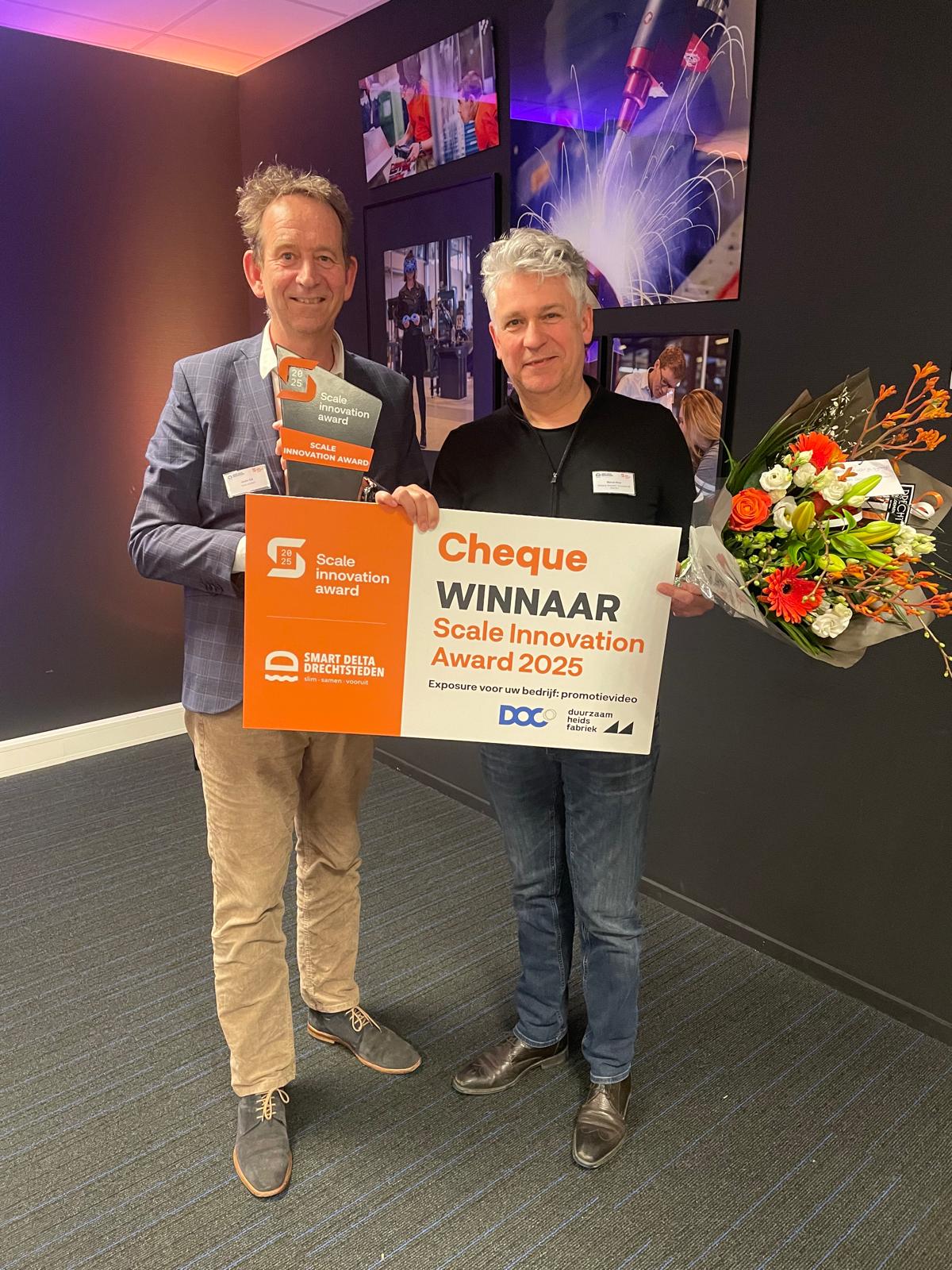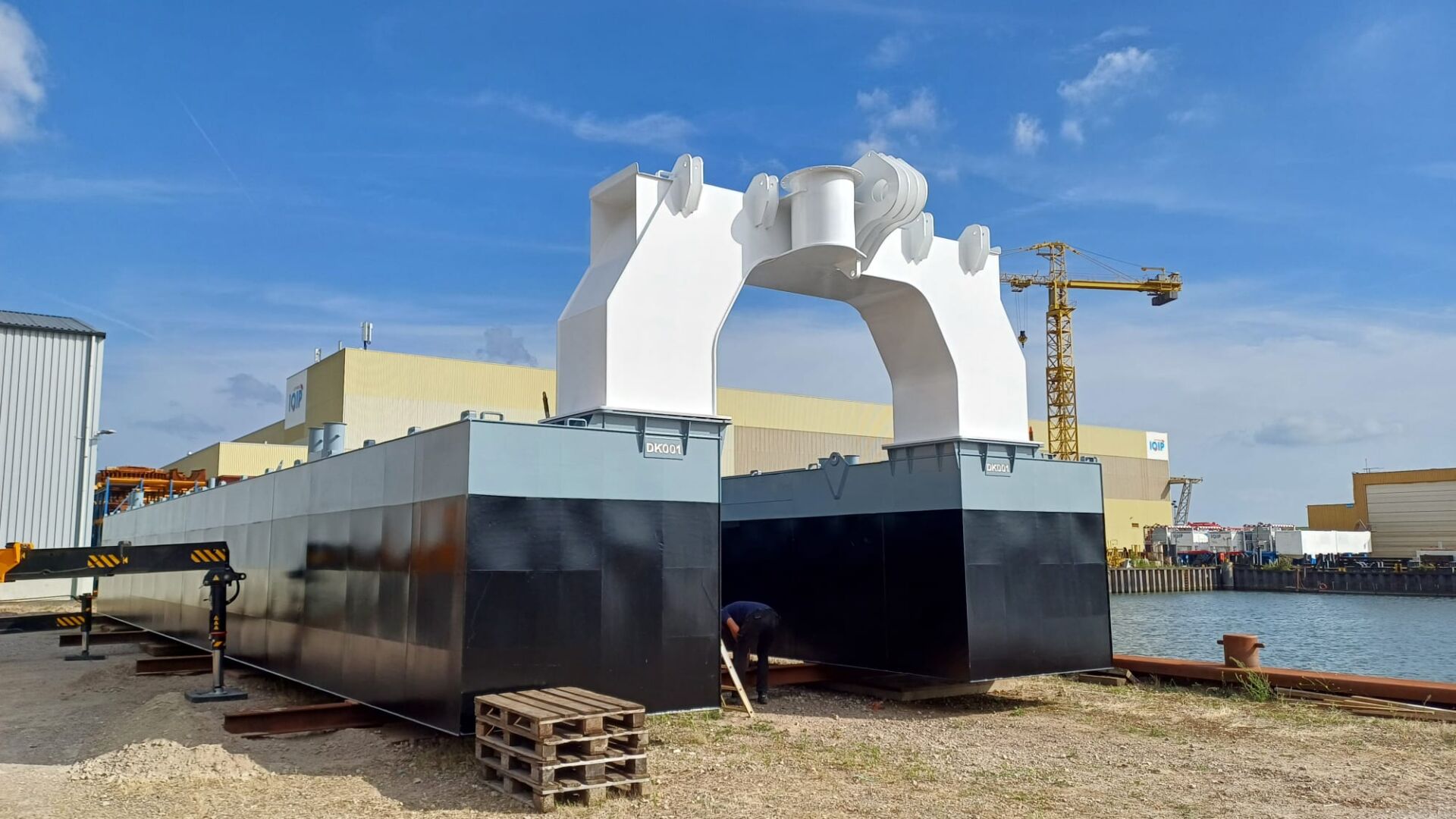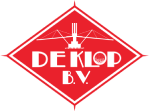March 10, 2025
DE Klop B.V. Wins the Scale Innovation Award 2025!
The Scale Innovation Award 2025 is a prestigious regional prize that promotes innovation in the Drechtsteden region, providing companies and organizations with a platform to showcase their innovative products, services, processes, or business models. The award ceremony took place on Monday, March 10, 2025, at the Duurzaamheidsfabriek in Dordrecht.
During the ceremony, it was announced that DE Klop B.V. from Sliedrecht won the Scale Innovation Award 2025.
The Scale Innovation Award is organized by Smart Delta Drechtsteden and the Duurzaamheidsfabriek, in collaboration with partners and sponsors from education, government, and industry.
Jury Evaluation:
“The jury was unanimous in its decision to award the Innovation Award to this remarkable initiative! DE Klop excels in regional collaboration, with a global impact. The initiative is innovative and future-proof, aligning with the trend of emission-free dredging. Although there are still technical challenges due to the reliance on available shore power, the jury sees significant potential for scaling up. This project is well-aligned with social developments and sustainability. Additionally, it is evident that DE Klop has the right people to successfully bring this innovation to market.”
Quote from CEO Arnold den Boon:
Arnold den Boon, CEO of DE Klop B.V., responded enthusiastically to the winning of the reward: “This award is a fantastic recognition of the hard work and innovative strength of our team. The CYGNUS 500 demonstrates that emission-free dredging is not just a vision for the future but a reality today. We believe in sustainable shipbuilding and will continue to invest in technological advancements to further green the industry. With the Cygnus, we also prove that it is possible to bring a fully Dutch product to the market in a highly competitive way.”
Description of the Award-Winning Innovation
This electric dredging vessel is sustainable, efficient, and safe, designed for dredging companies with strict emission requirements. It consumes less energy and emits less thanks to its electric propulsion and advanced underwater pump. Built in Sliedrecht with local suppliers, it boosts the regional economy and involves students through educational projects. The construction is self-financed, with plans for serial production, proving that sustainable dredging technology can be developed competitively at a local level.
Scale Innovation Award Criteria:
The innovation concerns the CYGNUS 500, a fully electrically powered, standardized, and demountable cutter suction dredger built for stock. This means that the final end-user is not yet known at the time of design and construction.
The cutter suction dredger is designed for emission-free dredging of various soil types, such as silt, sand, and gravel. The energy supply is flexible and can be sourced from the electricity grid or an external power generator, such as a fuel cell generator or a generator set running on methanol, LNG, or diesel. This allows the dredger to be easily adapted to the available fuels and technologies in its area of operation.
Originality and Uniqueness
The cutter suction dredger is the only standardized dredger built for stock and fully electric. Since all onboard systems are electrically powered and the energy supply is decoupled from the users, the dredger can utilize various energy sources. This enables immediate emission-free dredging via connection to the electricity grid.
Furthermore, the dredger is readily adaptable to alternative fuels such as hydrogen, methanol, LNG, or diesel, supplied via an external power generator. The design focuses entirely on efficiency and sustainability. The dredger is fully electric and contains no hydraulic systems. State-of-the-art techniques and components have been used to ensure optimal performance. Thanks to the application of an underwater pump, dredging can be performed at high densities, resulting in lower energy consumption per cubic meter of material.
In addition to the electric pump drive, all other essential components, such as the cutter drive, winches, and spud hoist systems, are fully electric. Until now, these systems on cutter suction dredgers of this size have always been hydraulically operated.
The pump features a welded outer structure, allowing the wear-resistant and costly cast internal components to be maximally utilized without compromising safety. This reduces waste of valuable metal alloys.
To increase productivity, a spud carriage system is integrated as standard. This is unique for this class of dredgers, where a spud carriage system is usually optional.
With the use of frequency drives, the pump and other electrical consumers can be precisely controlled, further optimizing energy consumption per dredged cubic meter.
Additionally, remote connectivity enables the cutter suction dredger to be monitored and supported from anywhere in the world via the internet (only with the operator’s consent). This allows real-time assistance for operations, maintenance, or troubleshooting.
Relevance and Market Demand
Customers are increasingly confronted with stricter emission regulations for NOx, SOx, particulate matter, CO₂, noise, and (hydraulic) oil pollution. This forces them to modify the propulsion systems of dredgers and cutter suction dredgers, often requiring costly and extensive measures such as exhaust gas aftertreatment systems or biodegradable hydraulic oil. While these solutions reduce the environmental impact, they do not render equipment entirely emission-free.
With this new cutter suction dredger concept, a fully emission-free tool has been developed, eliminating NOx, SOx, particulate matter, CO₂, and hydraulic oil pollution. Since there are no combustion engines onboard and an underwater pump is used, noise emissions are also significantly reduced.
Scalability and Future Outlook
The new cutter suction dredger will initially be deployed in Europe, the U.S., Australia, and specific sectors such as (wet) mining. In these regions and industries, demand for lower emissions is high, and electrical infrastructure is already more developed. Additionally, alternative fuels such as hydrogen, methanol, and LNG are increasingly available, facilitating the transition to emission-free dredging.
In the long term, electric propulsion will become the global standard. As electrical infrastructure and the availability of alternative fuels improve, demand for emission-free operations will continue to grow.







